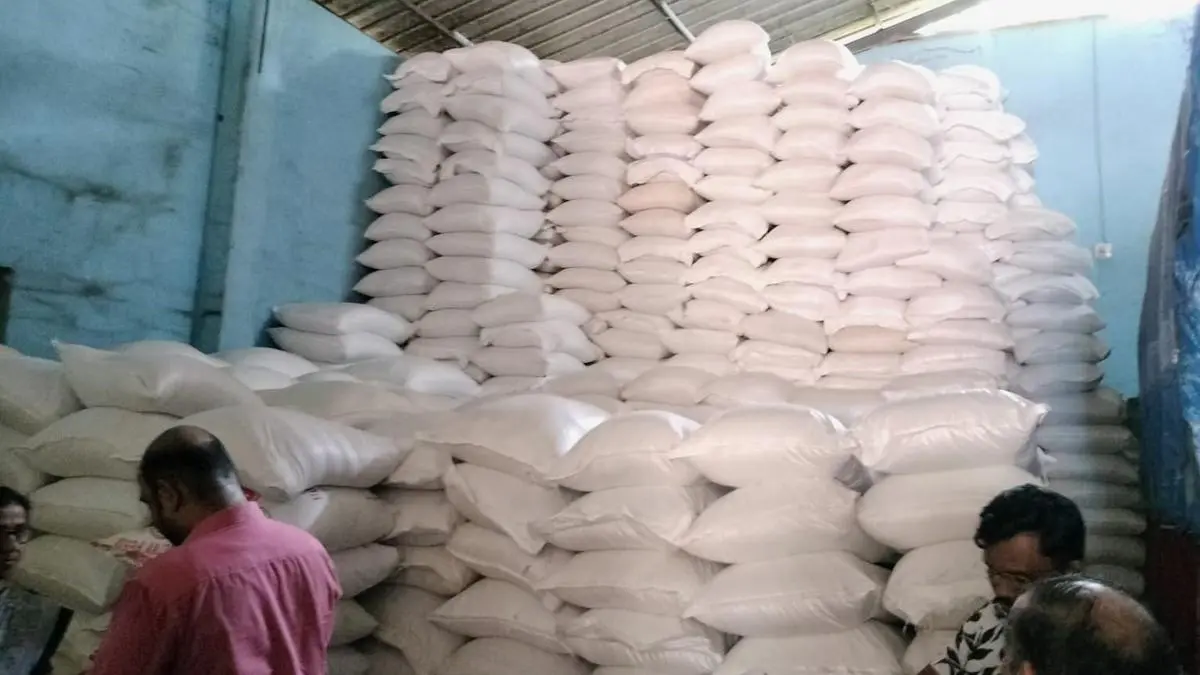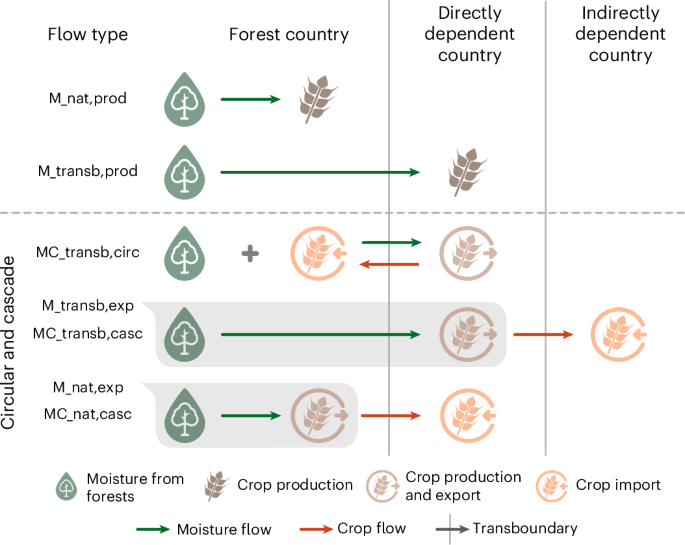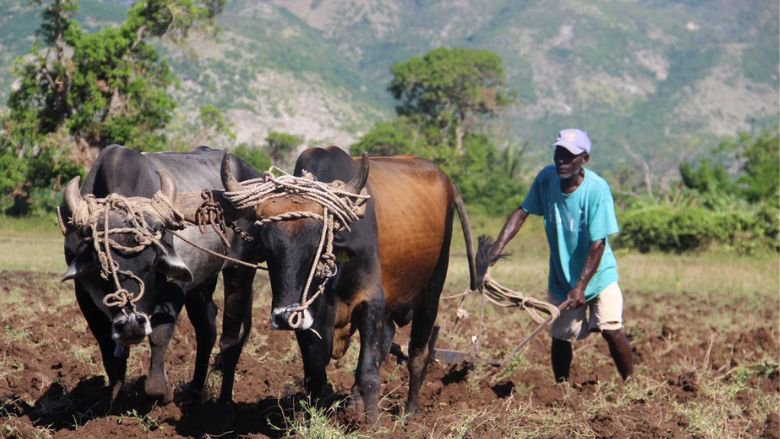Report on Food Insecurity in Utah and its Relation to Sustainable Development Goals
Executive Summary
The recent cessation of Supplemental Nutrition Assistance Program (SNAP) benefits in Utah has created a significant food security challenge, directly impacting 86,000 families. The Utah Food Bank, a key non-governmental organization, has reported its incapacity to meet the surging demand. This situation presents a substantial setback to the achievement of several United Nations Sustainable Development Goals (SDGs), most notably SDG 2 (Zero Hunger), SDG 1 (No Poverty), and SDG 10 (Reduced Inequalities). The crisis underscores the critical need for multi-stakeholder collaboration, as outlined in SDG 17 (Partnerships for the Goals), to ensure community well-being.
Direct Challenge to SDG 2: Zero Hunger
The termination of SNAP benefits poses an immediate and severe threat to achieving Zero Hunger (SDG 2) within the state. The Utah Food Bank, which supports a network of 309 pantries, is facing an operational overload that it cannot sustain.
- Affected Population: 86,000 households, previously reliant on food stamps, are now at risk of food insecurity.
- Systemic Strain: Ginette Bott, President and CEO of the Utah Food Bank, stated, “Food banks, food pantries cannot be expected to absorb the magnitude of food or request that those many families are going to have… We can’t pick that up.”
- Capacity Gap: The organization has clarified that while it can provide assistance, it cannot fully compensate for the loss of federal food assistance, leaving a critical gap in the food safety net.
Interconnected Impacts on SDG 1 (No Poverty) and SDG 10 (Reduced Inequalities)
The crisis extends beyond hunger, directly undermining efforts related to poverty and inequality. The loss of food assistance places an immense financial burden on low-income families, threatening progress on SDG 1 (No Poverty) and exacerbating existing disparities, a core concern of SDG 10 (Reduced Inequalities).
- Poverty Escalation (SDG 1): For vulnerable individuals, such as single mother Bria Cox, the removal of this support system pushes them further into economic hardship, making it more difficult to escape the cycle of poverty.
- Increased Inequality (SDG 10): The impact is disproportionately felt by the most vulnerable demographics, widening the gap between different socioeconomic groups and undermining the goal of reducing inequalities.
The Imperative of SDG 17: Partnerships for the Goals
In response to the systemic failure, the Utah Food Bank has issued a public call for support, highlighting the essential role of community and private sector engagement as envisioned in SDG 17 (Partnerships for the Goals). Achieving food security requires a collaborative effort from all sectors of society.
- Call for Public Partnership: The organization is urging the public to contribute through various means to mitigate the crisis.
- Requested Forms of Support:
- Financial donations
- Food donations
- Volunteer time
- Community Solidarity: The involvement of volunteers like Joseline Moreno demonstrates a grassroots commitment to community support, which is a foundational element of successful partnerships for sustainable development.
1. Which SDGs are addressed or connected to the issues highlighted in the article?
-
SDG 1: No Poverty
The article discusses the halt of SNAP (Supplemental Nutrition Assistance Program) benefits, a social protection system designed to alleviate poverty. The reliance of “86,000 families” on these benefits indicates their struggle with poverty and the direct impact of policy changes on their financial stability and ability to meet basic needs.
-
SDG 2: Zero Hunger
This is the most central SDG in the article. The entire focus is on food insecurity resulting from the cessation of food stamps. The Utah Food Bank’s struggle to “fill the gap” for families needing food directly addresses the challenge of ending hunger and ensuring access to food for vulnerable populations.
-
SDG 17: Partnerships for the Goals
The article highlights the role of civil society organizations like the Utah Food Bank and makes a direct appeal to the public for support. The call for donations of “food, it can be time, it could be money” emphasizes the need for partnerships between the public and non-profit organizations to address social challenges like hunger.
2. What specific targets under those SDGs can be identified based on the article’s content?
-
Target 1.3: Implement nationally appropriate social protection systems and measures for all.
The article’s focus on the halt of SNAP benefits for “86,000 families” directly relates to this target. SNAP is a key social protection system aimed at the poor and vulnerable. The cessation of these benefits represents a setback in achieving substantial coverage for those in need.
-
Target 2.1: By 2030, end hunger and ensure access by all people, in particular the poor and people in vulnerable situations… to safe, nutritious and sufficient food all year round.
The situation described, where 86,000 families lose their primary means of accessing food and turn to food banks that “cannot fill the gap,” is a clear illustration of the challenges in meeting this target. The article highlights a large population group losing access to sufficient food.
-
Target 17.17: Encourage and promote effective public, public-private and civil society partnerships.
The Utah Food Bank’s appeal to the public for donations and volunteers is a direct embodiment of this target. It showcases a civil society organization seeking to build a partnership with the community to mobilize resources (“food, it can be time, it could be money”) to achieve a common goal—feeding the hungry.
3. Are there any indicators mentioned or implied in the article that can be used to measure progress towards the identified targets?
-
Indicator 1.3.1: Proportion of population covered by social protection floors/systems.
The article provides a specific number, “86,000 families who rely on food stamps,” which is a direct measure of the population covered by this specific social protection system in Utah. The halt of benefits indicates a decrease in this coverage, which can be tracked using this indicator.
-
Indicator 2.1.2: Prevalence of moderate or severe food insecurity in the population.
While the article doesn’t use the official term “food insecurity,” it implies it by stating that 86,000 families relied on food stamps and now need assistance from food banks. The number of families seeking help from the “309 pantries” serves as a proxy indicator for the prevalence of food insecurity in the state.
-
Indicator 17.17.1: Amount of United States dollars committed to public-private and civil society partnerships.
The article’s call for donations—”It could be food, it can be time, it could be money”—directly relates to the mobilization of resources for partnerships. The amount of financial and in-kind (food, volunteer hours) donations received by the Utah Food Bank in response to this crisis would be a measure for this indicator.
4. Create a table with three columns titled ‘SDGs, Targets and Indicators” to present the findings from analyzing the article.
| SDGs | Targets | Indicators |
|---|---|---|
| SDG 1: No Poverty | 1.3: Implement nationally appropriate social protection systems and measures for all. | 1.3.1: The number of families covered by social protection systems, specifically the “86,000 families who rely on food stamps.” |
| SDG 2: Zero Hunger | 2.1: End hunger and ensure access by all people… to safe, nutritious and sufficient food all year round. | 2.1.2: The prevalence of food insecurity, implied by the “86,000 families” needing assistance from food banks after losing SNAP benefits. |
| SDG 17: Partnerships for the Goals | 17.17: Encourage and promote effective public, public-private and civil society partnerships. | 17.17.1: The amount of resources mobilized through partnerships, as indicated by the call for donations of “food, it can be time, it could be money.” |
Source: ksltv.com







